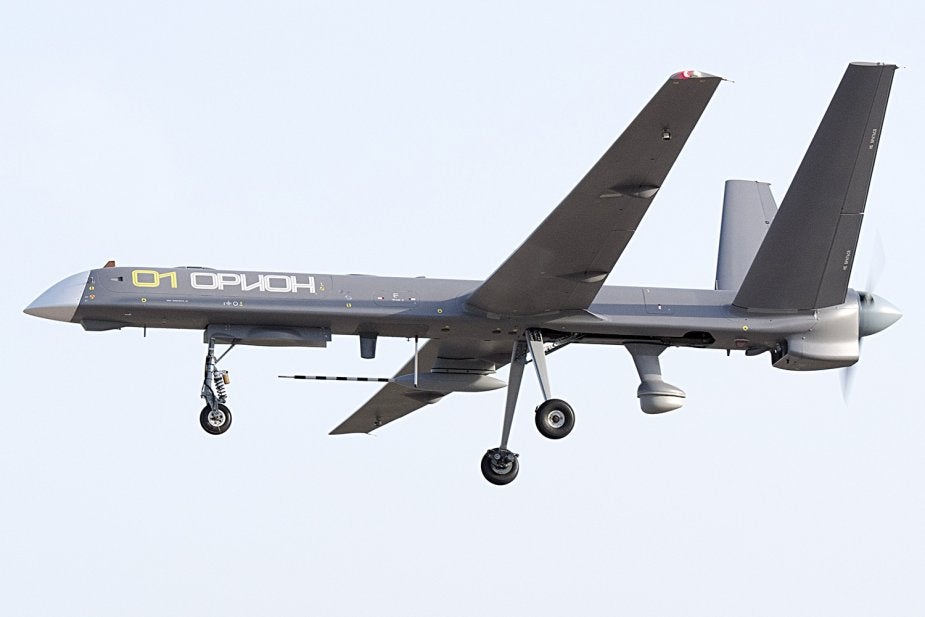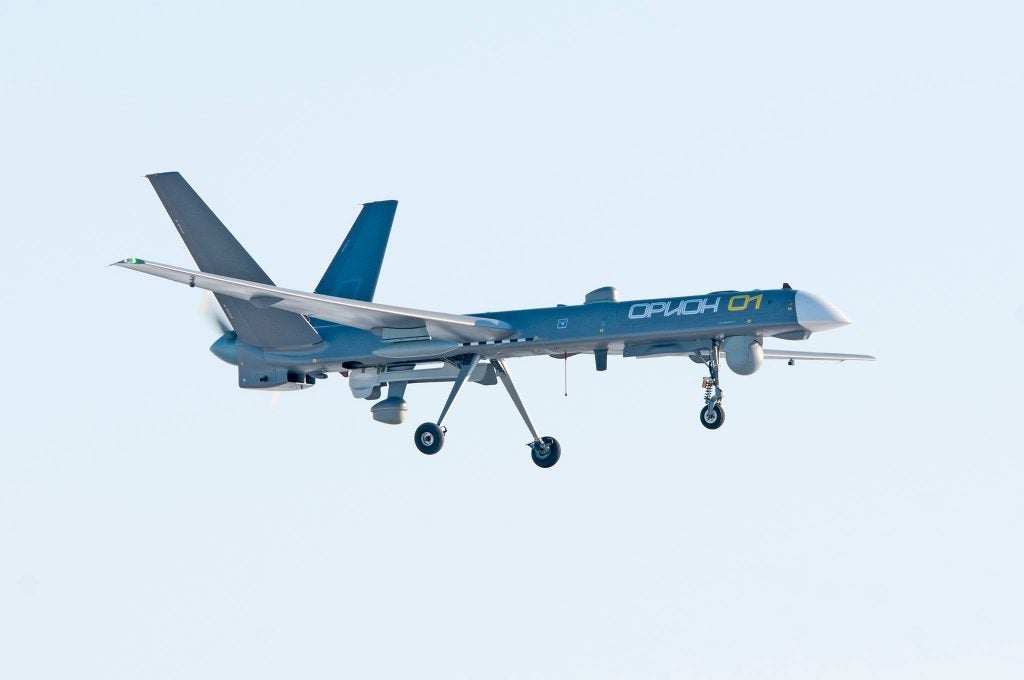Russian Military Receives First Shipment of Orion UAVs
The Russian Ministry of Defense accepted the delivery of the first three Orion unmanned aerial vehicles built by the Kronstadt Group.
Nikolai Dolzhenkov, the chief designer at the Kronstadt Group, told TASS on 20 April, that the UAVs were flown to a military base and checked by military personnel, after which they were given their acceptance certificates. He also stated that the acceptance of these UAVs was an important event for the Russian military, as the Orion is the first system of its kind to enter Russian service.

The Orion is characterized by its light weight and high loiter time of 24 hours, which make it ideal for surveillance and reconnaissance. It can carry a weapon payload of ~200kg, with which it can carry out surgical strikes against key personnel, vehicles, or buildings. Even though it is not suited to operations on the conventional battlefield, in an environment with advanced enemy air defenses and fighter aircraft, it is, however, perfect for counterinsurgency operations (COIN) against foes with little to no air defense capability.
Up until now, Russia’s efforts have largely been focused on the development of small and micro UAVs for the purpose of tactical reconnaissance and electronic warfare on a conventional battlefield. These systems have seen extensive use in Eastern Ukraine and Syria by Separatists forces and the Russian Army respectively.
Sukhoi and MiG have also been co-developing a heavy combat UAV. Designated S-70 Okhotnik, it features stealth technology and a batwing design. We currently understand that, in addition to working alone, the Okhotnik will also be capable of working in conjunction with the Sukhoi-57 stealth fighter, acting as an autonomous wingman, weapon carrier, and target designator for the manned jet.
With the active development of unmanned systems, Russia is quickly closing the gap with western militaries, demonstrating its willingness and ability to participate in both conventional and non-conventional warfare in the 21st century.

